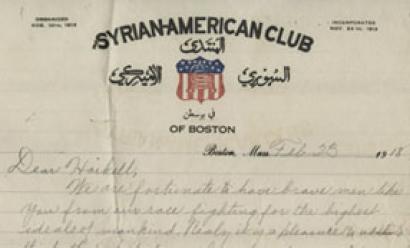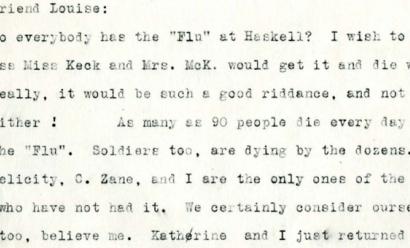


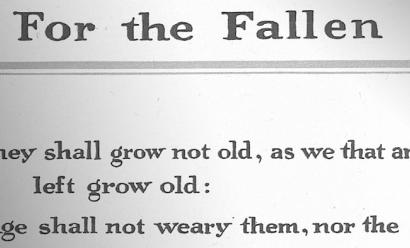
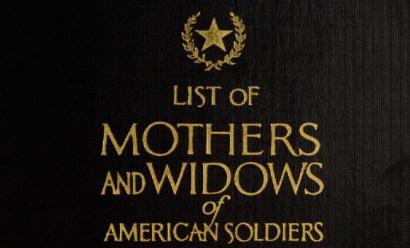
Primary Source Document
List of Mothers and Widows of American Soldiers, Sailors and Marines Entitled to Make a Pilgrimage to the War Cemeteries in Europe
Villanova University

Downloadable Lesson Plan
LIMITS OF MODERN SCIENCE
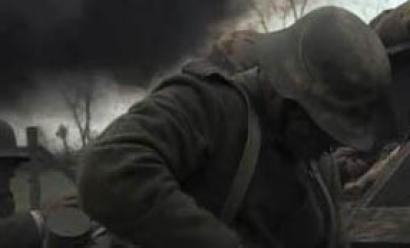
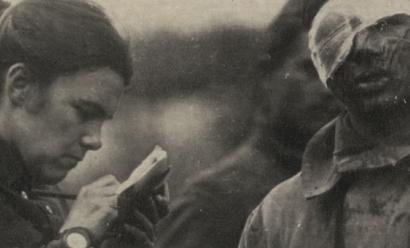
Downloadable Lesson Plan
Letters Home: Letters Inspired by Investigating WWI Photos
In collaboration with AncestryK12
